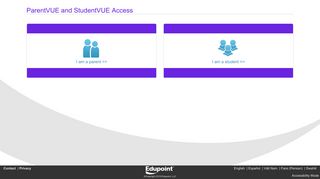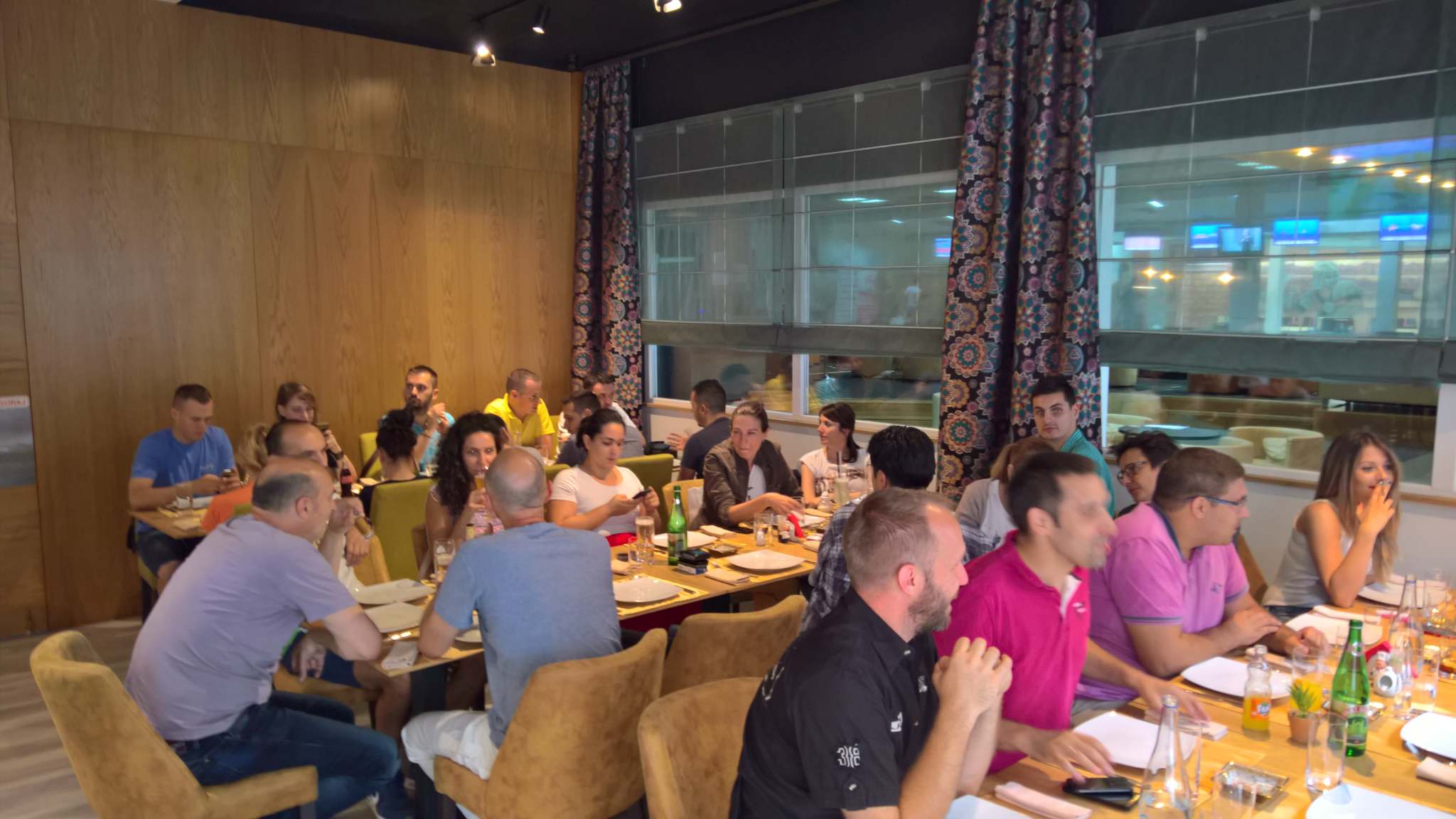

The field is now dominated by perovskite solar cells but also other hybrid technologies, as organic solar cells, quantum dot solar cells, and dye-sensitized solar cells and their integration into devices for photoelectrochemical solar fuel production.Īsia-Pacific International Conference on Perovskite, Organic Photovoltaics and Optoelectronics The main topics are the development, function and modeling of materials and devices for hybrid and organic solar cells. International Conference on Hybrid and Organic Photovoltaics (HOPV) is celebrated yearly in May. International Conference on Hybrid and Organic Photovoltaics

#SYNERGY NPS SERIES#
This conference is a unique series of symposia focused on advanced materials preparation and fundamental properties and their applications, in fields such as renewable energy (photovoltaics, batteries), lighting, semiconductor quantum dots, 2-D materials synthesis and semiconductors fundamentals, bioimaging, etc. NanoGe Fall Meeting (NFM) is a multiple symposia conference celebrated yearly and focused on a broad set of topics of advanced materials preparation, their fundamental properties, and their applications, in fields such as renewable energy, photovoltaics, lighting, semiconductor quantum dots, 2-D materials synthesis, charge carriers dynamics, microscopy and spectroscopy semiconductors fundamentals, etc. Our worldwide conferences cover cutting-edge materials topics like perovskite solar cells, photovoltaics, optoelectronics, solar fuel conversion, surface science, catalysis and two-dimensional materials, among many others. NanoGe is a prestigious brand of successful science conferences that are developed along the year in different areas of the world since 2009. The obtained results clearly indicate how combined use of antibiotics with NPs can enhance antibacterial activity in a way that traditional antibiotics cannot do. In these cases, the effects are attributed to the complexation of AgNPs with antibiotics, altered biodistribution and the Oxidative Stress induced by the AgNP corrosion added to the release of bio-active Ag+ ions and their specific antimicrobial effects.

Synergistic effects were found when tetracycline was combined with small AgNPs. The lowest MIC of AgNPs was noticed against Escherichia coli (58 µg ml -1), followed by Staphylococcus aureus and Pseudomonas aeruginosa (both 178 µg ml -1) for the smallest NP size.

The silver nanoparticles activity strongly depended on size. Combined effects were determined by estimation of Fractional Inhibitory Concentration (FIC) index. The Minimum Inhibitory Concentration (MIC) and Minimum Biocidal Concentration (MBC) were evaluated by using micro-dilution methods. We report the antimicrobial activity of Ag nanoparticles (NPs) of average diameter 21, 46 and 140 nm and silver nitrate, combined with antibiotics (colistin, vancomycin, amikacin and tetracycline) was studied against Gram-positive (Staphylococcus aureus) and Gram-negative (Escherichia coli, Pseudomonas aeruginosa) bacteria.


 0 kommentar(er)
0 kommentar(er)
